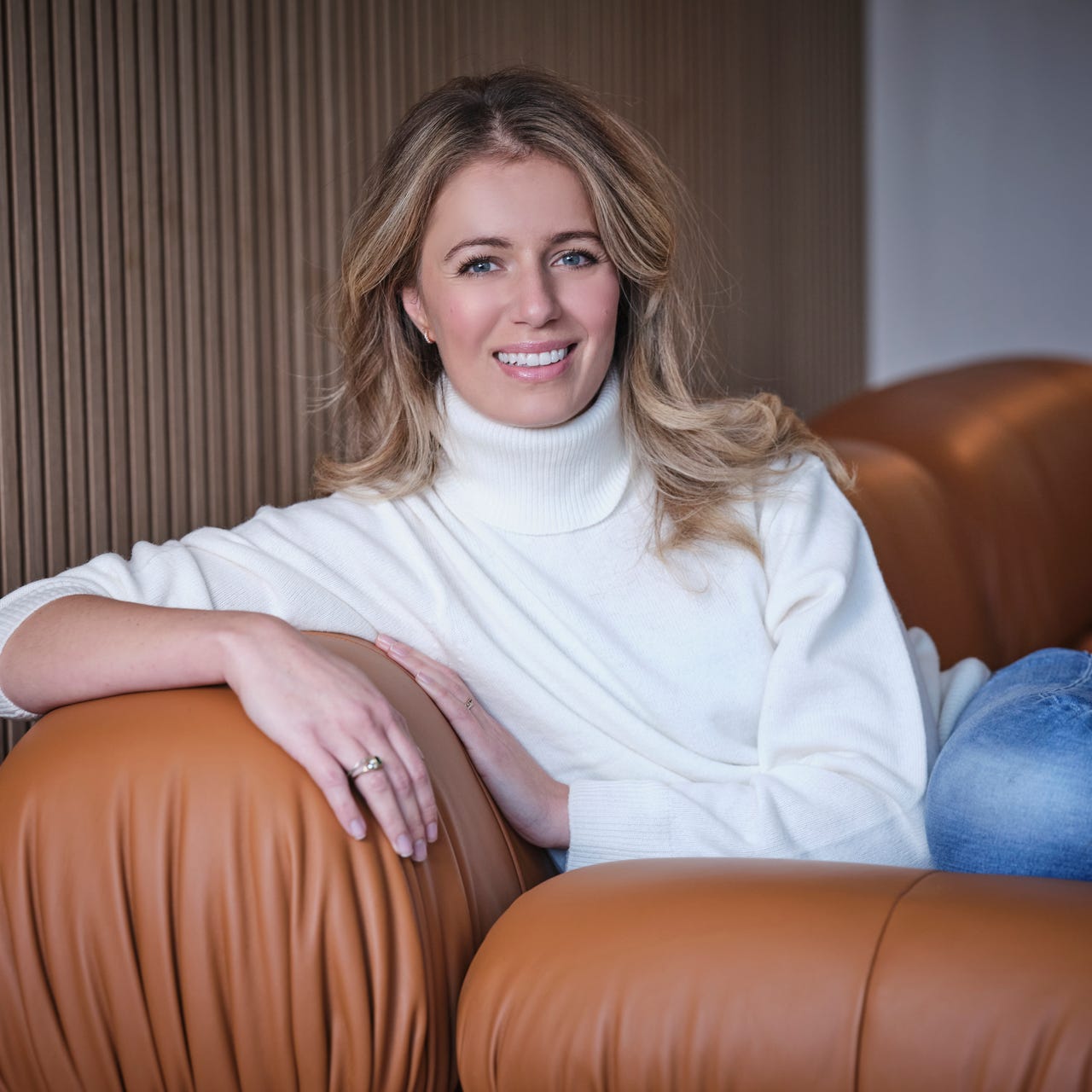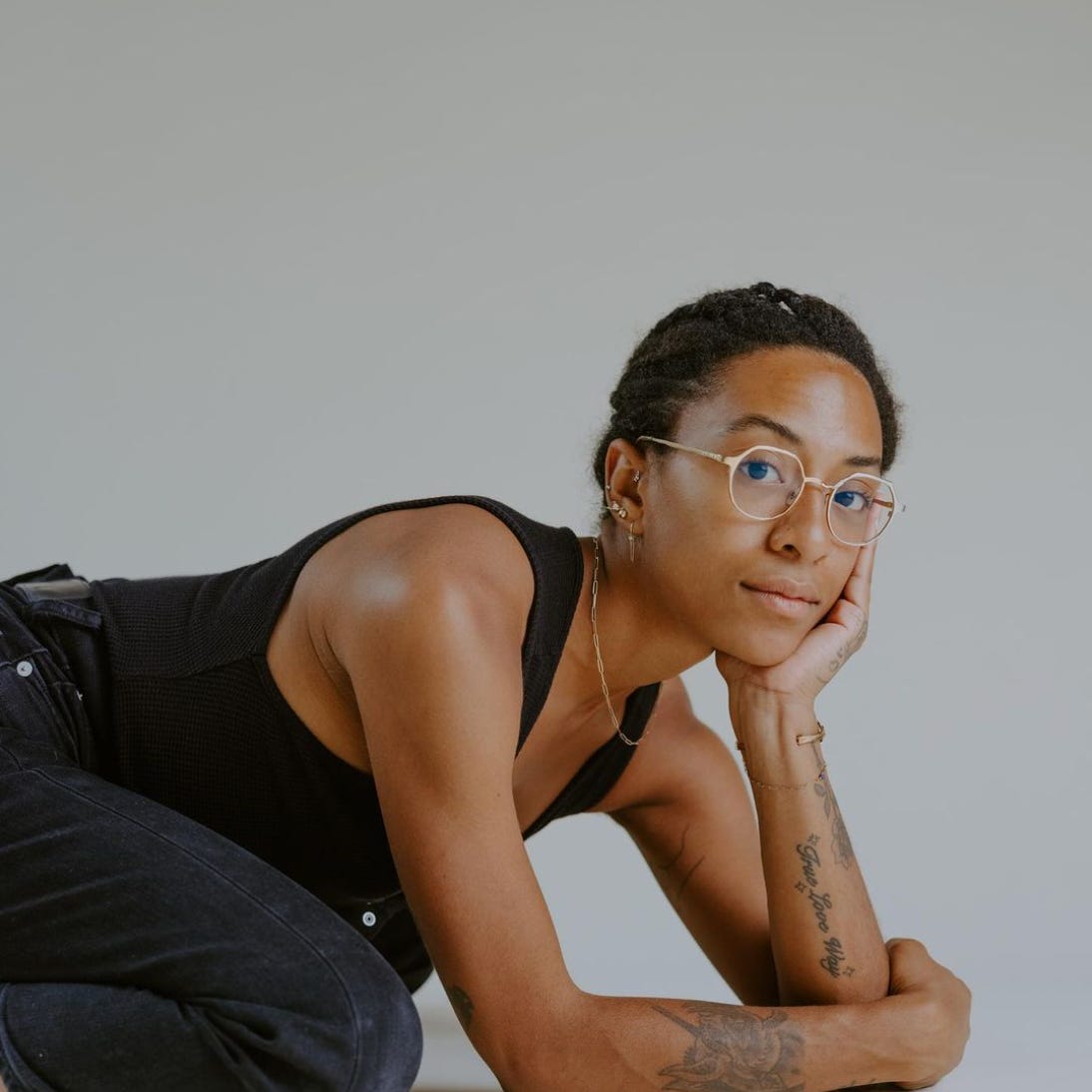Substack Reads: The fractured future of AI, the lost art of ‘killing time,’ and Clementide bells
Hello and welcome to another edition of Substack Reads! This week, tech expert Azeem Azhar on the positive side of the OpenAI fallout, health editor Nikki Osman considers the lost art of hanging out, bassist Kathy Valentine reconnects with a teenage crush from her Go-Go’s years, and artist and farmer Kristin Haakenson looks at the symbolism of oranges and lemons. We hope you enjoy it!
TECHNOLOGY
OpenAI’s identity crisis and the battle for AI’s future
Azeem Azhar recalls conversations with Sam Altman and why a diversity of actors can be helpful
—
inIf we believe AI is a powerful general-purpose technology, then it is going to have massive impacts across society: printing press, electricity, steam engine, internet-style effects. Not just to our productivity but to our cultures, communities, and quotidian.
If that is the case, then we will really benefit from a widespread debate. Such a debate will involve friction, disagreement, and contestation—and important that it happens as transparently and publicly as possible.
OpenAI’s crisis is like a terrarium for the wider debate about technology-in-society in general and AI in particular.
RELATIONSHIPS
The social demise of ‘hanging out’
What happened to the meandering magic of “killing time”? U.K. Women’s Health editor Nikki Osman considers what we’ve lost and how to get it back
—
inLately, my social life has felt more scheduled than ever. With the exception of a week of annual leave, when time took on a different quality, face time with friends has happened during allotted social hours—an approach necessitated by spending more of my free time writing. But while pencilling in plans with friends like they’re a work meeting comes with the stretched-for-time territory, it can threaten connection in two ways, says Sheila. First, it can make friendship feel like an act of duty. Next, it piles on the pressure. ‘There’s this feeling that if you’re going to make time for someone, it has to be worth it; they have to be worth it,’ she explains. ‘And that leads to additional stakes and burdens being placed on the hanging out.
Because suddenly it feels like: this person made time for me, so I’ve got to make sure it’s worth it for them. That feeling is highly detrimental to the ways we interact with each other.’
HUMOR
Bounty hunter
The day I met someone else
—
in , recommended byRight now, my boyfriend Ben and I are boarding a Southwest flight.
We love Southwest, except for the part where there are no assigned seats, and you’re meant to quickly choose the ones you like before they’re taken by the other cattle biting at your heels.
“Is that one open?” I ask the blonde woman who is probably named Janine and works in HR at a 400-person consumer goods company.
Maybe toothpaste.
FINANCE
What drives the price of gold?
After two decades watching and trading gold, Geo Chen shares the second in a two-part deep dive into how the market price is made up
—
inThe financial press calls gold a hedge against inflation, but the more accurate description is that it’s a hedge against inflationary monetary policy. When inflation exploded in 2022, gold traded in a $1,600 to $2,070 range. If you didn’t buy gold when the Federal Reserve sowed the seeds of inflation by cutting interest rates to zero and conducting record quantitative easing, you missed the 42% uptrend that sent gold from $1,450 to its high of $2,070.
During my career of watching and trading gold, I’ve observed three distinct regimes (how gold behaves relative to other assets) that gold spends time in. The most common and therefore default regime is when gold tracks the looseness and tightness of US monetary conditions.
MUSIC
Never going to not do this
Peter Frampton was always the one you wanted to marry, writes Go-Go’s bassist Kathy Valentine. But what happens when you meet your teenage crush 50 years later?
—
inWe met in the early ’80s, an A&M party that ended with the more excessive of us filtering into an A&R guy’s suite at the Parker Meridien in NYC. In the year or two of success I’d had with the Go-Go’s, I distinctly remember it all felt right. This is what happens when you’re a musician, you’re in the club. Girlish rock-star crushes were a thing of the past and being one of the guys was better than anything else a girl could want with a musician in my opinion. Same for being star-struck. Why be that way, when we’ve both gotten to run onstage to a sold-out Madison Square Garden? That’s how I saw things: I was happy, high, and hanging out with Peter Frampton, all cool, all good.
It was just the one-off, no lasting friendship emerged from the party.
Rough years, long years, ensued and I lost track, but we ended up finding each other on Twitter in the good ol’ days, when it was like cafe society, an online salon for artists that Gertrude Stein might have even enjoyed if she were around. There was a lunch in Studio City, a mailed exchange of memoirs. And then I saw he was performing here in Austin Monday night.
PHILOSOPHY
Feeling the void
Berlin-based journalist Christian Näthler contemplates the meaning of hyper-emptiness
—
in , recommended byIn Koenig’s conception, what intensifies kenopsia is the “emotional afterimage” of a place, which can “make it seem not just empty but hyper-empty, with a total population in the negative.” By that definition, at no other time was kenopsia so universal as during the pandemic. Entire cities became ghost towns. Engaging with so many architectures of absence—empty restaurants, deserted gyms, barren schools—instilled their own inverted afterimages. For a while, it was jarring to witness the repopulation of places whose empty bliss I’d come to enjoy. It still is. Sometimes I miss seeing how the world looks without us.
In the basement, I sputter and drag my hand over my mouth, having just inhaled a cobweb while distracted by some motorcycle paraphernalia in the far corner of the room with the bikes. The final part of Koenig’s definition for kenopsia refers to a conspicuous absence that glows like neon signs. I consider the incandescence of the inanimate cellar. Even the dust has a lustre. I feel like a moth. This is one space I’d prefer to see repopulated with life.
St Clement’s lemons
Kristin Haakenson traces the Christian lineage of symbolism related to St. Clement’s Day and offers a recipe for Clementide cakes
—
in , recommended byGiven the records and stories of St. Clement’s personality, it seems fitting that precious winter fruit would dovetail into his canon of emblems. Clement’s association with oranges & lemons, though, doesn’t stem from the legends surrounding his life, but rather from a place of worship dedicated to him: the church of St. Clement Danes in London.
Next to the old St. Clement Danes’ churchyard was a wharf on the river Thames; during the winter months, prized citrus would land there, a selection of fruit being paid as a toll for passing through Clement’s Inn—near the church—on the way to market.
Recently launched
New & noteworthy
Writers in London met up with each other for drinks, chat, and books:
As well as in Lisbon, Transylvania, and Oxford:
Inspired by the writers featured in Substack Reads? Writing on your own Substack is just a few clicks away:
Substack Reads is a weekly roundup of writing, ideas, art, and audio from the world of Substack. Posts are recommended by staff and readers, and curated and edited from Substack’s U.K. outpost by Hannah Ray.
Got a Substack post to recommend? Tell us about it in the comments.

























A good selection of reads, we need more Music reads. What would be cool is to list reads based on location/city and that will enable writers to support local writers and collaborate. Adding ‘location’ on the publication would also be cool. Have an awesome weekend Substack fam.
lets go Alex Kruger congrats dude this is the big time you made it now you're rich